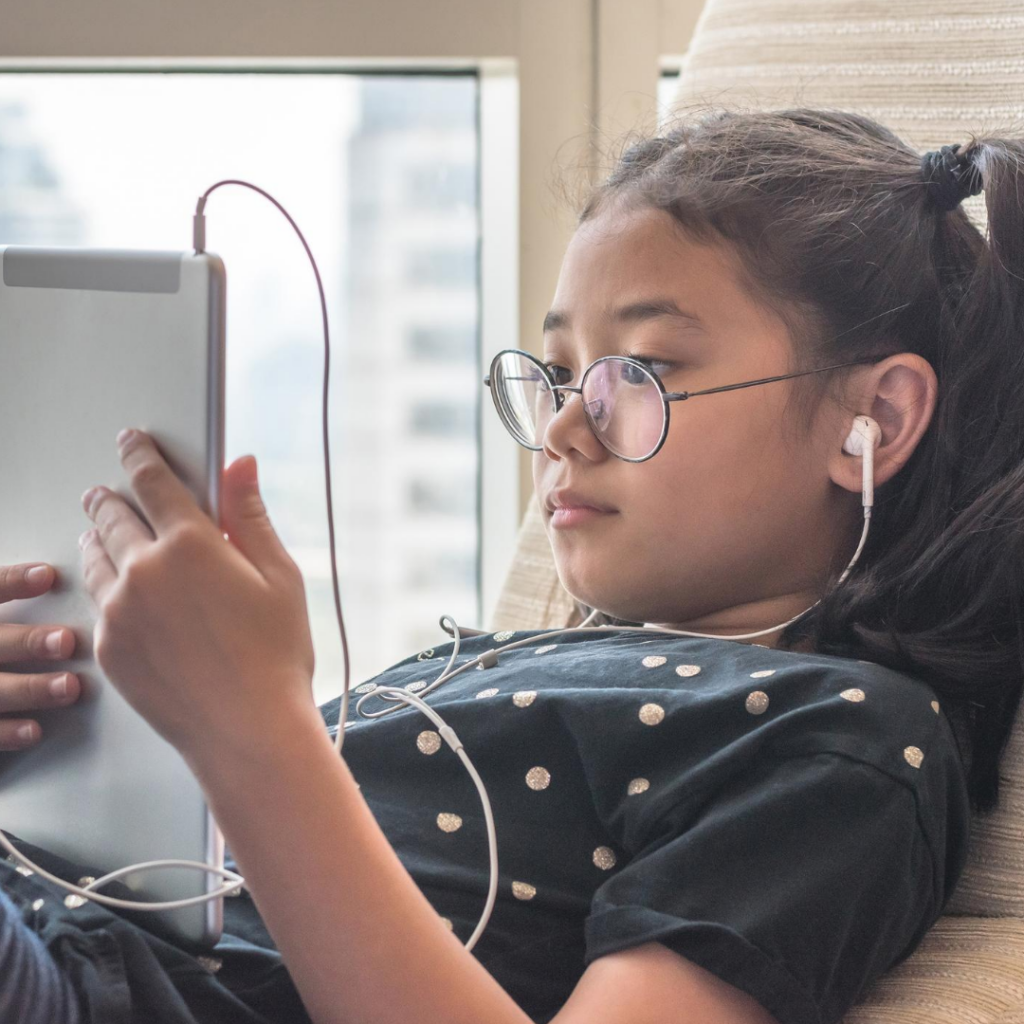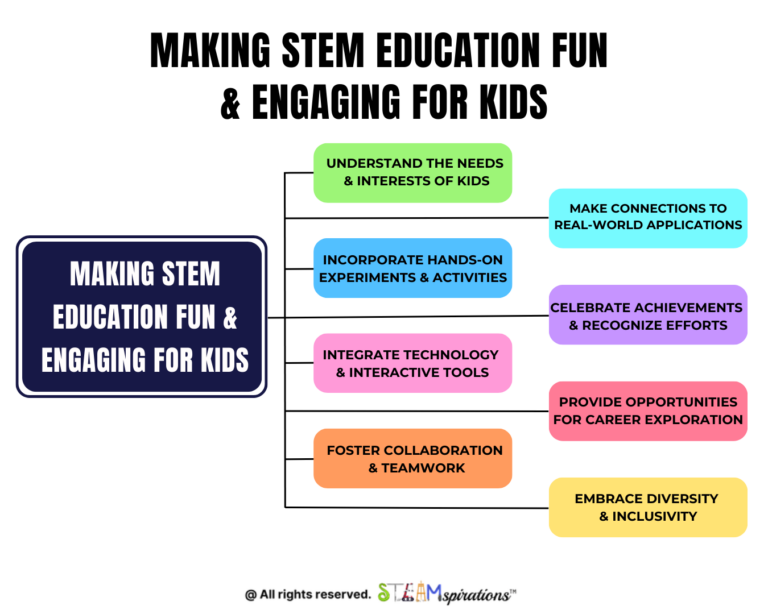There has been a huge paradigm shift during this pandemic in education. We now live in a world of virtual video conferences and online lessons. A world that no one asked for, but disrupted how we live our lives every day. COVD-19 brought a sort of sudden death to the traditional way of teaching, and in this dying, it gave birth to a new era of tech integration.
Change is painful, and uncomfortable, but often necessary and good. Let’s face it, as a nation the education system that we knew pre-COVID 19 was broken. With all the resources and money spent on education, kids were simply not learning. It’s time as teachers that we adjust our instructional practices to this new era of technology, to work smarter and not harder, to develop systems that can reach all leaners, as we partake of the largest restructuring in the educational system that has taken place in the 21st century.
As we prepare to go back to school in the next couple of weeks, I thought I would put together a couple of tips that can help you with distance learning.
- Establish an Online Presence
Don’t stop speaking and teaching and what I mean is through online platforms. Stay connected with students by continuously making announcements and engaging through posts and discussions. Don’t limit yourself to responding only through texts. Respond to students using audio, video, animations, emojis, GIFs, drawings, be creative! Some online resources that lend themselves to this are Flipgrid and Padlet. Also, respond promptly, consistently and often. Make it a habit to continuously dialogue with your students online.
2. Engage Through Feedback
Feedback can be a powerful tool to connect to students and help them learn. Feedback should be specific, personalized, constructive, and again be given immediately. Giving students specific feedback will help encourage them to continue to engage in the learning process and turn in quality work and responses.
3. Engage Through Assignments
Assignment should include choice, be relevant, and meaningful to students. Part of increasing engagement involves playing an integral part in connecting the students to the content. If the content is both relevant and meaningful to students, this will increase their engagement. Assignments should include projects that are hands on, where students can collaborate with each other. The focus of assignments should be on quality and not quantity.
4. Bite-sized Learning
Instruction should be chunked and disseminated through smaller pieces. One of the valuable skills that teachers have is to take concepts that are difficult to understand and make them simple for students. Synthesizing information and presenting it to kids in a bite-sized approach will increase their engagement. Suggested time in this method is anywhere from 1-15 minutes.
5. Multimedia
Use multimedia when teaching. Incorporate music, text, audio, videos, animations, and infographics. Be creative in using different tools that engage students, as long as it does not overwhelm them. Present the content in multiple formats to reach all learners. You might have some student that are more visual or auditory. By integrating multimedia when you teach, you will increase your audience and student engagement.

